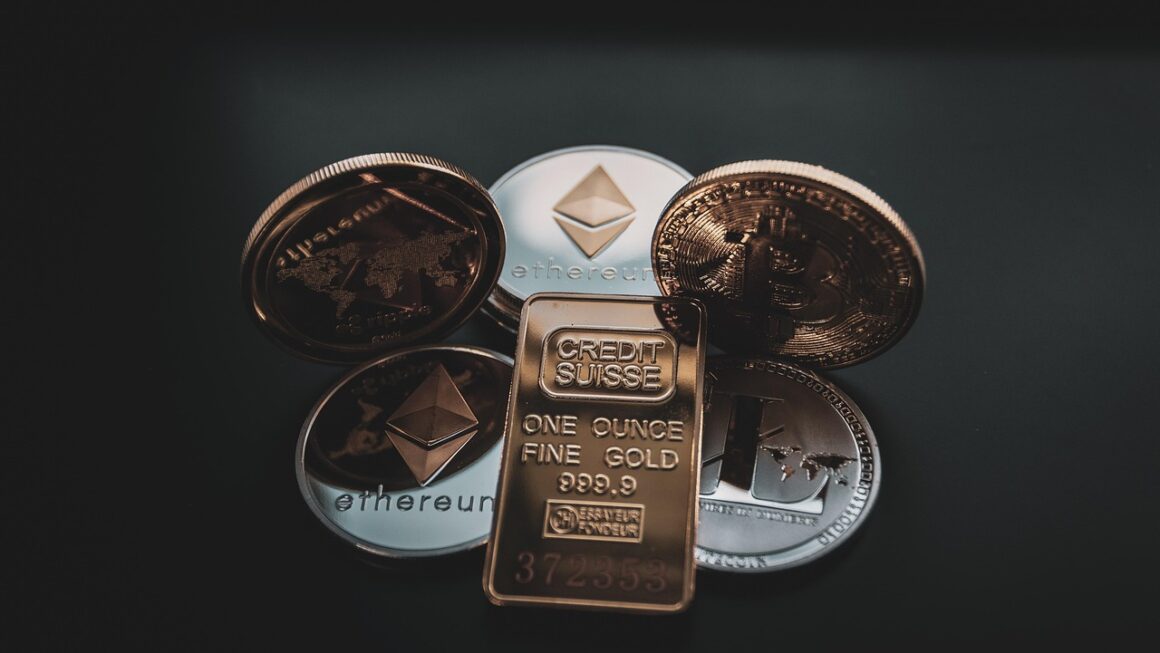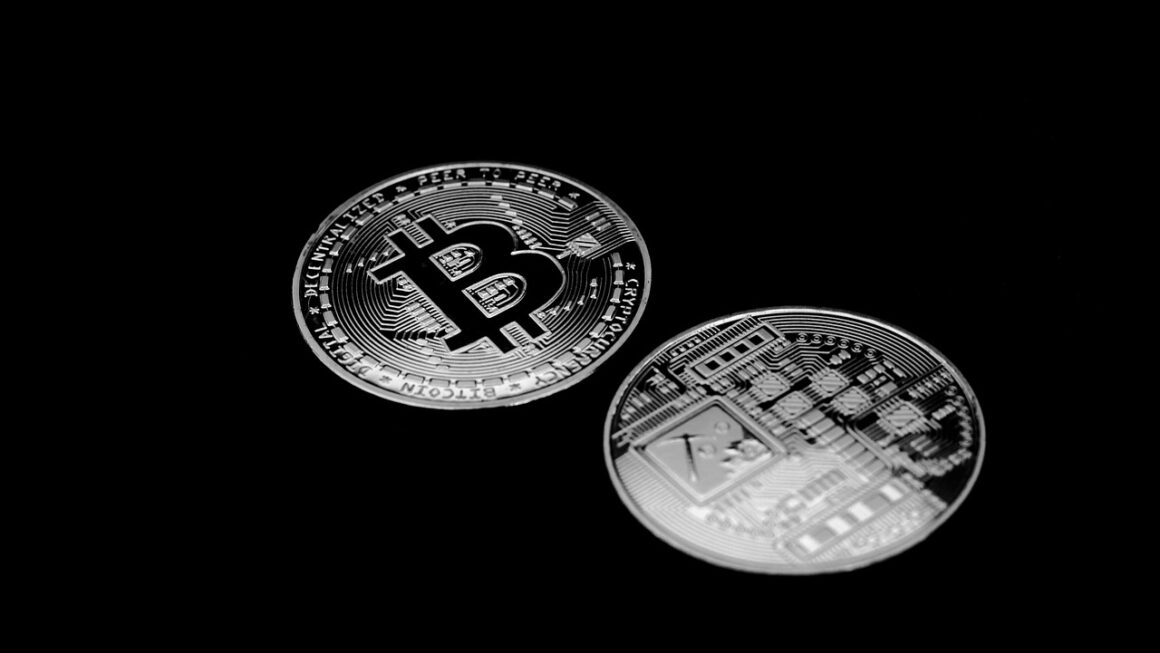Navigating the world of cryptocurrencies can feel like entering a whole new dimension. While Bitcoin often steals the spotlight, a vast and diverse landscape of alternative cryptocurrencies, or altcoins, awaits exploration. Learning how to acquire these coins is a fundamental step towards diversifying your portfolio and potentially capitalizing on emerging technologies. This guide will delve into the various methods for obtaining altcoins, equipping you with the knowledge to navigate the crypto market effectively.
Understanding Altcoins and Their Value
What are Altcoins?
Altcoins, short for “alternative coins,” are any cryptocurrencies other than Bitcoin. They represent a wide spectrum of projects, each with its own unique purpose, technology, and potential.
- Purpose: Altcoins may focus on faster transaction speeds, enhanced privacy, decentralized applications (dApps), or specialized smart contract functionalities.
- Technology: Some are built on different blockchain architectures than Bitcoin, offering improved scalability or security features. For example, Ethereum introduced smart contracts, enabling the development of decentralized applications.
- Potential: The value of altcoins can fluctuate greatly based on market sentiment, project development, and adoption rates. Some altcoins have seen exponential growth, while others have failed to gain traction.
Why Invest in Altcoins?
Investing in altcoins can offer several potential benefits:
- Diversification: Adding altcoins to your portfolio can reduce overall risk by spreading your investments across different crypto assets.
- Potential for Higher Returns: While riskier than Bitcoin, some altcoins offer the potential for significant returns if their underlying technology or use case gains widespread adoption.
- Exposure to Emerging Technologies: Altcoins can provide exposure to innovative technologies like decentralized finance (DeFi), non-fungible tokens (NFTs), and Web3.
- Early Adoption Opportunities: Investing in promising altcoins early on can provide a significant advantage if the project becomes successful.
However, it’s crucial to remember that the altcoin market is highly volatile, and thorough research is essential before investing in any project.
Acquiring Altcoins Through Exchanges
Centralized Exchanges (CEXs)
Centralized exchanges (CEXs) are platforms that act as intermediaries between buyers and sellers of cryptocurrencies. They offer a user-friendly interface and often provide a wide range of altcoins.
- Examples: Binance, Coinbase, Kraken, and KuCoin are popular centralized exchanges.
- Process:
1. Create an account on a CEX.
2. Complete the Know Your Customer (KYC) verification process.
3. Deposit funds using fiat currency (USD, EUR, etc.) or another cryptocurrency like Bitcoin or Ethereum.
4. Navigate to the trading section and select the desired altcoin pair (e.g., ETH/USDT).
5. Place a buy order at your desired price and quantity.
Decentralized Exchanges (DEXs)
Decentralized exchanges (DEXs) are peer-to-peer marketplaces that allow users to trade cryptocurrencies directly from their wallets without the need for an intermediary.
- Examples: Uniswap, SushiSwap, PancakeSwap, and Trader Joe.
- Process:
1. Connect your cryptocurrency wallet (e.g., MetaMask, Trust Wallet) to the DEX.
2. Ensure you have the necessary tokens in your wallet to facilitate the trade (e.g., ETH for trading on Ethereum-based DEXs).
3. Select the desired altcoin pair and specify the amount you want to buy or sell.
4. Confirm the transaction in your wallet.
DEXs offer greater privacy and control over your funds but may require more technical knowledge to use effectively. Slippage, the difference between the expected price and the actual execution price, can also be a factor to consider, especially with lower liquidity altcoins.
Comparing CEXs and DEXs
| Feature | Centralized Exchanges (CEXs) | Decentralized Exchanges (DEXs) |
|——————-|——————————|——————————-|
| Intermediary | Yes | No |
| KYC | Usually Required | Not Required |
| Ease of Use | Easier | Can be more complex |
| Security | Reliant on exchange security| Reliant on wallet security |
| Liquidity | Generally Higher | Can vary significantly |
| Control of Funds | Exchange holds funds | User retains control of funds |
| Coin Availability | Wider Range | May offer unique/new coins |
Mining Altcoins
Proof-of-Work (PoW) Mining
Some altcoins, like Bitcoin, use a Proof-of-Work (PoW) consensus mechanism, which requires miners to solve complex mathematical problems to validate transactions and create new blocks on the blockchain. In return, miners receive newly minted coins as a reward.
- Process:
1. Acquire specialized mining hardware (e.g., ASICs or GPUs).
2. Join a mining pool to increase your chances of earning rewards.
3. Configure your mining software and connect it to the chosen mining pool.
4. Maintain your mining equipment and monitor its performance.
Mining can be a profitable way to acquire altcoins, but it requires significant upfront investment and technical expertise. Electricity costs and hardware maintenance are important factors to consider.
Proof-of-Stake (PoS) Staking
Other altcoins use a Proof-of-Stake (PoS) consensus mechanism, which allows users to earn rewards by “staking” their coins, essentially locking them up in a wallet to help validate transactions.
- Process:
1. Purchase the required altcoin.
2. Download the official wallet for the altcoin or use a staking service offered by a cryptocurrency exchange.
3. Stake your coins in the wallet or through the staking service.
4. Earn staking rewards over time.
Staking is a more energy-efficient and accessible way to earn altcoins compared to mining. However, it usually requires holding a significant amount of the altcoin to earn meaningful rewards.
Earning Altcoins Through Airdrops and Bounties
Airdrops
Airdrops are distributions of free altcoins to existing cryptocurrency holders, often as a marketing strategy to promote a new project.
- How to participate:
1. Follow the project’s social media accounts (e.g., Twitter, Telegram).
2. Join the project’s community forums.
3. Hold a specific cryptocurrency (e.g., ETH) in your wallet.
4. Register for the airdrop on the project’s website or through a designated platform.
Airdrops can be a simple way to acquire small amounts of altcoins, but be cautious of scams and only participate in legitimate airdrops.
Bounties
Bounties are tasks offered by altcoin projects in exchange for rewards, typically in the form of the project’s native token.
- Examples of tasks:
Writing articles or blog posts about the project.
Creating social media content.
Reporting bugs in the project’s software.
Translating the project’s documentation.
Bounties can be a good way to earn altcoins by contributing to the project’s growth and development. They require a specific skillset and time commitment, but can be more rewarding than airdrops.
Investing in Altcoin Initial Coin Offerings (ICOs) and Initial Exchange Offerings (IEOs)
Understanding ICOs and IEOs
Initial Coin Offerings (ICOs) and Initial Exchange Offerings (IEOs) are methods for new altcoin projects to raise funds by selling tokens to the public.
- ICOs: Projects sell tokens directly to investors.
- IEOs: Projects partner with a cryptocurrency exchange to sell tokens to the exchange’s users.
Risks and Rewards
- Potential for High Returns: Investing in successful ICOs or IEOs can result in significant returns if the project is successful.
- High Risk of Scams: Many ICOs and IEOs are scams, and investors can lose their entire investment.
Due Diligence
Thorough research is crucial before investing in any ICO or IEO. Consider the following:
- Project Team: Is the team experienced and credible?
- Whitepaper: Does the whitepaper clearly outline the project’s goals, technology, and tokenomics?
- Community Support: Is there a strong and active community surrounding the project?
- Market Analysis: Is there a viable market for the project’s product or service?
Only invest what you can afford to lose and be aware of the risks involved.
Conclusion
Acquiring altcoins presents various avenues, each with its own set of advantages and disadvantages. From utilizing centralized and decentralized exchanges to engaging in mining, staking, airdrops, bounties, and participating in ICOs/IEOs, understanding these methods empowers you to make informed decisions in the dynamic cryptocurrency market. Remember that thorough research, risk management, and continuous learning are crucial for navigating the altcoin landscape successfully. Diversification is key, and staying informed about market trends and project developments is essential for maximizing your potential returns while mitigating risk.




